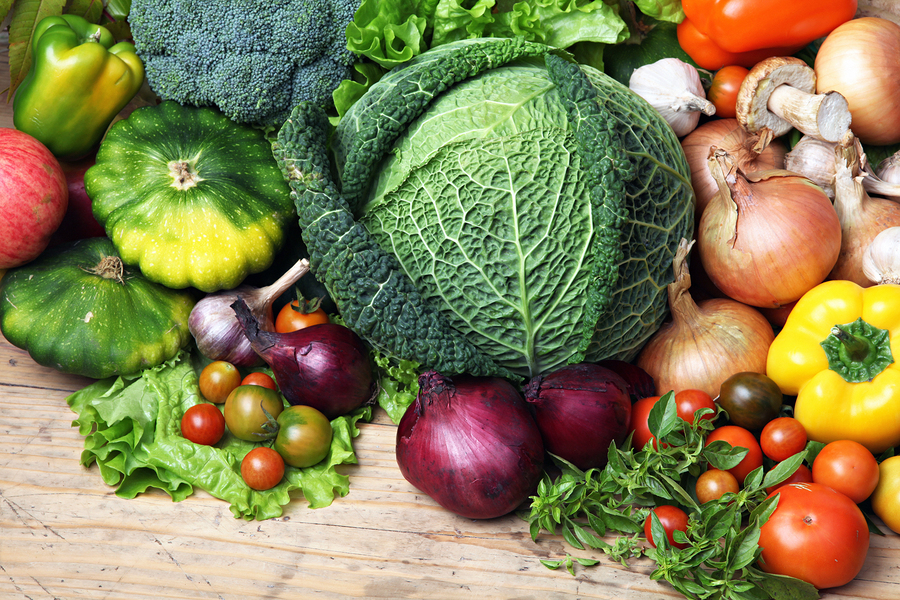Gestational Diabetes Menu

A gestational diabetes menu requires dietary modifications that may seem strange at first but are essential to control your blood sugar levels. This can be accomplished through individually developed dietary prescriptions based on lifestyle requirements and metabolic nutrition.
The two most important changes are to eliminate all simple sugars (syrup, white table sugar) and refined/simple starches (potato, white flour, white bread, white rice) from your diet.
These simple sugars are replaced with complex carbohydrates like green vegetables and a well- balanced intake of nutrients from protein and healthy fats throughout the day.
To make starting this type of gestational diabetes meal plan easier, many nutritionists will employ exchange lists to make their clients meal planning easier. Exchange lists were first developed specifically for diabetic meal planning but they have become a basic tool for almost all dietary recommendations and food guides.
To make it easy, we just use servings.
The following are the basic guidelines for your gestational diabetes menu.
Drink plenty of water throughout the day. Salt your food to taste. Eat small meals throughout the day that are comprised of the following:
Protein – 6-8 servings per day aiming for 120 grams of protein per day of wild caught salmon, grass fed beef or lamb, organic chicken, organic turkey
Vegetables – 6-8 servings of vegetables per day with at least 4 servings of dark green vegetables
Healthy Fats and Oils – 3-6 servings per day of grassfed butter, cod liver oil, avocado, avocado oil, olive oil (cold only), coconut oil in salad dressings, sauces and for cooking.
Fruit – 2-3 servings per day of either citrus or berries
Salt – Salt food to taste
Sample Gestational Diabetes Menu
Your gestational diabetes menu should be designed keeping into account the above-mentioned tips. Here is a sample meal plan for one day. The goal behind this meal plan is to provide the mother and the fetus the constant and consistent energy without elevating the sugar levels in the bloodstream. It also includes 100-120 mg of protein per day to help prevent preeclampsia (from Dr. Brewer’s research) . Notice that each meal combines protein, fat and carbohydrates. To maintain level blood sugar levels it is very important to avoid eating any kind of carbohydrate food alone. You should always combine it with a healthy fat or protein to slow down the release of sugar from the carbohydrate into the blood.
Breakfast
3 eggs any style cooked in 1 tablespoon butter
½ cup green vegetables
Mid-morning Snack
5-6 sticks of celery filled with your favorite nut butter
3-4 cheese sticks
Lunch
2 Cups Mixed Salad Greens
1 whole sliced chicken breast or 3 sliced boneless chicken thighs
Chopped tomatoes – ½ cup
Sliced Cucumber – ½ cucumber
3 Tablespoons fresh Salsa (no sugar added)
1-2 Tablespoons Olive oil
Mid-Afternoon Snack
Organic Whole milk - 1 1/2 cup
Protein Powder – 2 scoops
¼ cup fresh or frozen berries
Dinner
½ Pound Beef or Wild Caught Salmon
½ cup Green beans
½ cup Steamed Chard or other green leafy vegetable
Evening Snack
4-5 cheese sticks
Or Fresh berries with cream
Or Fresh apples baked in butter and cinnamon until soft
Or Protein smoothie (protein at night before bed helps stabilize and reduce blood sugar levels. It also helps prevent morning sickness)
Reminder: Always salt your food to taste (to prevent preeclampsia) At least eight glasses of water should also be consumed each day to help regulate bodily functions.



New! Facebook Comments
What do you think? Share your thoughts below...